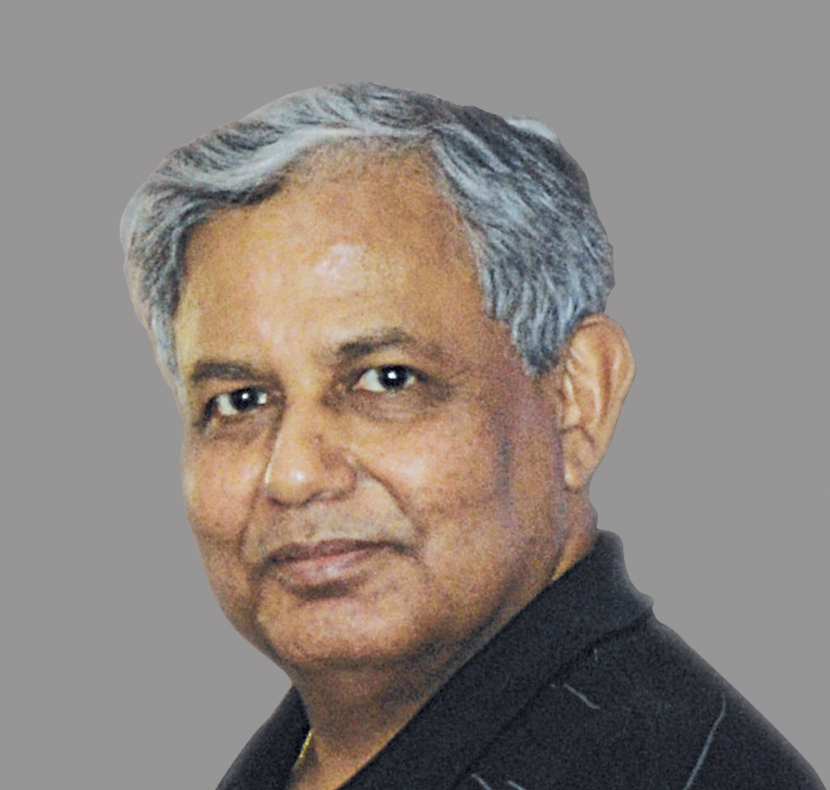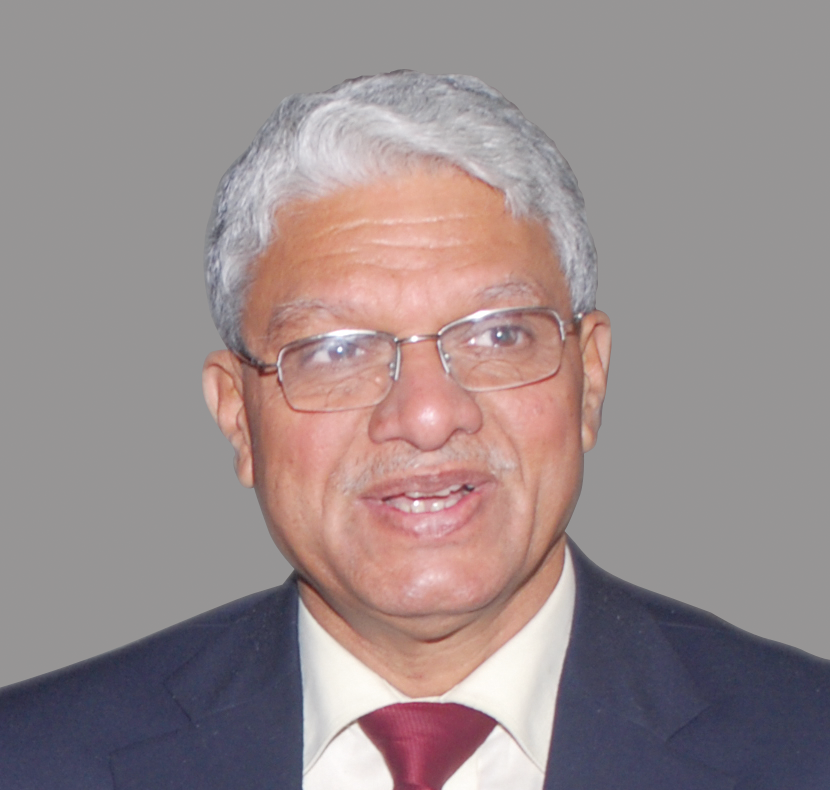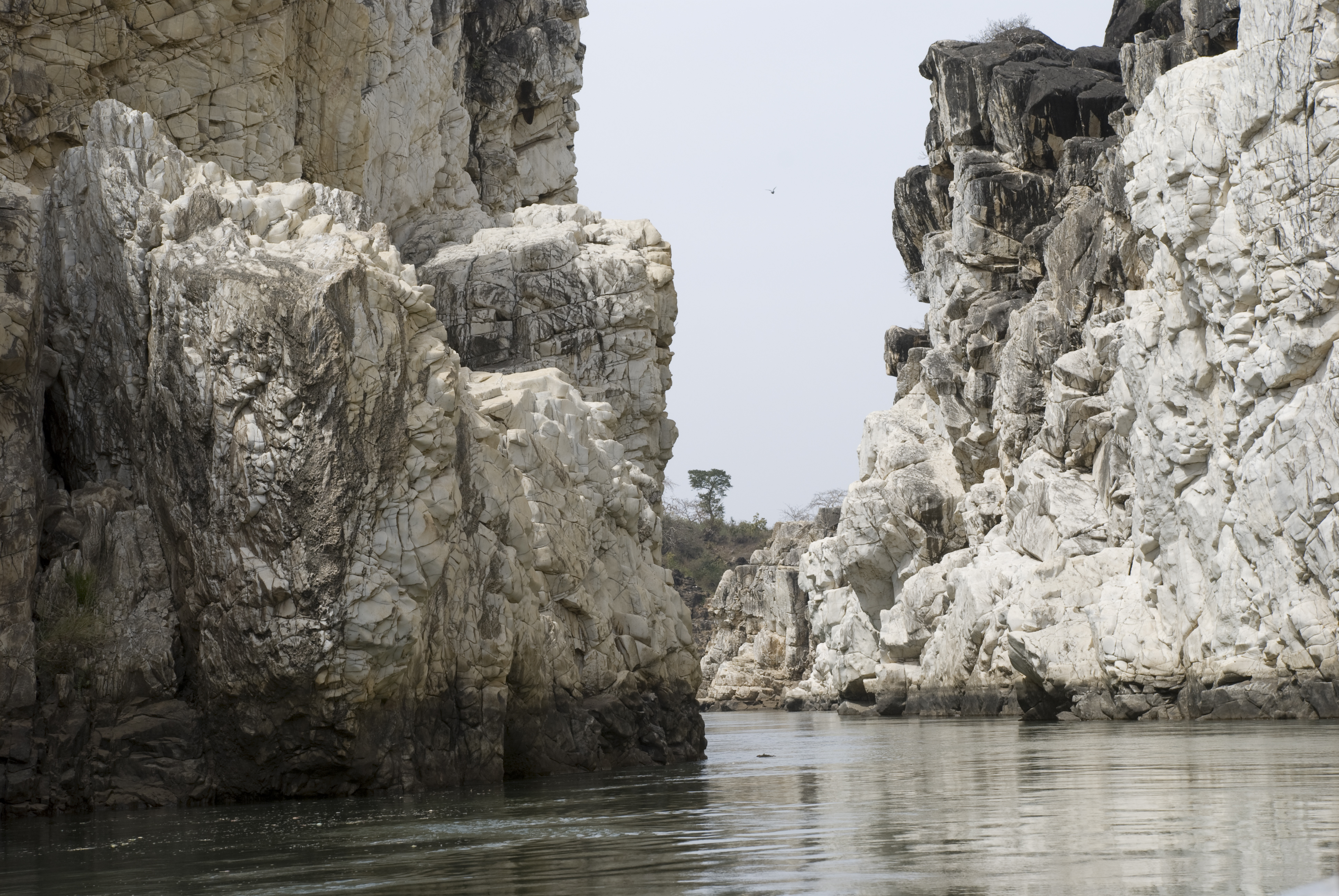
Expert Panel

Geologist and Secretary General, 36 IGC, New Delhi.

Former Professor, Jawaharlal Nehru University, New Delhi

Former Chairperson, National Biodiversity Authority, Chennai.

Former Vice Chancellor, MG Kashi Vidyapeeth, Varanasi

Air Vice Marshal (Retd) Former DG, India Meteorological Department (IMD), New Delhi

Former Director General, India Meteorological Department (IMD), New Delhi.

Former Professor, CSRD, Jawaharlal Nehru University, New Delhi.

Former Member Secretary, Central Pollution Control Board, New Delhi.
Inside this issue
Geoheritage Sites
Through a balanced blend of science, culture, education and tourism, geopark networks across the world are successfully improving the socio-economic condition of communities, thereby contributing to sustainable development of the region. India, with numerous geosites of significance, needs to learn from experiences world over and take a leap of faith to build its first global geopark.
Stromatolites record the evolutionary signature of earliest life forms on Earth. The prolific growth of stromatolites found in carbonate rocks were deposited between 3900 and 541 million years ago. The cyanobacteria, responsible for the formation of stromatolites obtained their energy through photosynthesis, thus utilising carbon dioxide from water and rocks—liberating large quantities of oxygen in return. India, fortunately, has extensive stromatolites deposits in the limestone and phosphate facies providing a natural laboratory for the study of the history of earth and it’s evolving environment.
One of the most sought-after tourist destinations, the Trans-Himalayan region of Ladakh also bears significant geoscientific importance with rock records dating back to the India–Eurasia plate collision. Moreover, the history of the evolution of the Great Himalaya is also enshrined in its varied facies. A heightened effort towards the conservation of these rich geological sites must be made by developing a geopark that can help reveal to the masses the rich, and often overlooked geological history of the region.
Picturesque and rare, the Late Quaternary Red Sand Dunes—Erra Matti Dibbalu is spread over 10 sq km between the coasts of Visakhapatnam and Beemunipatnam in Andhra Pradesh. Owing to its geological significance, the Geological Survey of India declared it as a National Geoheritage Site in 2014 while state government notified it as a Protected Area in 2016. Attempts are now underway to establish a Visakhapatnam Geopark by combining several geological and cultural sites in the region.
The only cliff geoheritage site recognised as a National Geological Monument—the Varkala lies about 55 km northwest of Thiruvananthapuram in Kerala. The linear wave-cut cliffs and beaches have a vibrant cultural heritage and serve as a major tourist attraction. However, unmanaged anthropogenic activity and intense erosion are pushing the cliffs landwards.
Dinosaur remains from the Mesozoic Era have been found in various states of India. Reptilian fossils were first discovered in Central India by Captain William Sleeman of the Bengal Army in 1828. Post-Independence explorations revealed fossils of Jurassic, Triassic and Cretaceous period. Such fossiliferous finds are valuable and rare and areas where they are found need to be conserved as India’s geoheritage sites.
The preserved record of a 4200-year-old event within the stalagmites of Mawmluh limestone cave in Meghalaya has resulted in the cave and state gaining international recognition. The study of these stalagmites suggests a major climatic event which might have impacted human civilization during the time. The current geological age, starting 4200 years ago, is now called the Meghalayan Age, the youngest time division of the Holocene Epoch.
The Lonar in the Buldhana district of Maharashtra, formed due to the impact of a meteorite on the Deccan basalt, is geologically unique. It is the only pristine impact crater that was formed in basaltic rocks. The impact crater is also historically significant with valuable archaeological archives. The crater and its surroundings are of interest to geologists, historians as well as to those who enjoy viewing such spectacular trysts of nature.
The Siwalik hills are known to be a storehouse of fossil mammals. The rocks entomb a variety of fossils of extinct mammals ranging in age from 16 to 6 million years. Important groups of mammals at various evolutionary stages which thrived during the deposition of the Siwalik rock strata are elephants, horses, cats, cattle, deer, giraffes, rats, pigs, hippopotamus, rhinoceroses and many others.
Zawar in Rajasthan is the world’s oldest mining and metallurgy site, dated to have existed around 750 BCE, marking ancient India’s acumen in the sector. Zinc and lead mined from the Aravalli rocks, extracted through a unique distillation process was shipped to Europe to bolster brass instrumentation for the industrial revolution. A geo-archaeological site of this importance thus mandates a holistic conservation.
In brief
The Society of Earth Scientists (SES) and Indian National Science Academy (INSA) have been working towards putting a legislation in place on the conservation of India’s geological sites. On August 5-6, 2019 a brainstorming session on ‘Conservation of Geoheritage: Current Scenario and Future Acti
Conserving clues to an ever changing world During my college days we toured extensively—egged on by an inspired faculty who believed that learning resided in the outdoors. I remember the dark shafts and the stifling stillness of the Ghatshila copper mines’ innards (East Singhbhum, Jharkhand);
Geoheritage – A Window to the Past The breaking away of the Gondwanaland about 180 million years ago (mya) resulted in the separation and isolation of the dynamic Indian subcontinental landmass. As Madagascar split away ~85-90 mya (Late-Cretaceous) India took a northward flight right across the e

